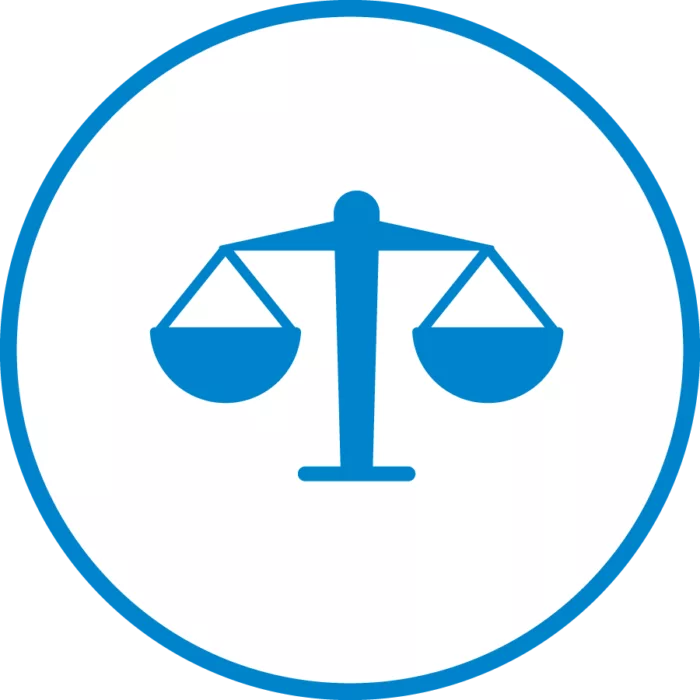Overview
Perspectives on what teaching and learning should look like are informed by our individual identities and experiences. Bringing the right people together – with different roles, vantage points, priorities, and levels of positional power – for a design team will make you most effective in actually addressing the problems facing your district.
It’s good to include “usual suspects” in design teams – a Superintendent, Chief Academic Officer, or Director of Technology, etc. – because of the power they have to enact change. However, consider also involving people most impacted by teaching and learning, such as students, families, teachers, and classified staff. This is a valuable way to learn from those closest to the “day-to-day,” benefit from diverse ideas, and build a broader community of champions for this work. Diversity has been linked to enhanced team effectiveness and innovation, and it is especially important to ensure that those most impacted by your problem help to develop the solution.
Steps to Implementation
Suggested time: 2 hours
- Review the spectrum of design power dynamics and select your district’s model for this particular design work (user-centered, co-designed, or user-created design).
- Based on your decision, identify five to eight people to invite to your design team; consider the prompts below before deciding on your final list of invitees:
- Which stakeholder groups are not traditionally represented in our decision-making processes?
- Whose experiences are especially valuable for understanding the challenges our district faces and the change needed?
- Whose expertise is valuable for our design work? Consider expertise both inside the classroom with teaching and learning, and outside the classroom (e.g., facilitating, building relationships, managing resources).
- How diverse are the experiences, roles, and identities of the group members?
- Which 5-8 people will we invite to be part of the design team for this work?
- Invite individuals to join the design team. Provide clarity on the goals of the process, your expectations for their involvement, and why their voice is important to the work.
- Next, you will bring the group together to reflect on who is – and is not – part of the design team and what implications that has for the process you are starting.
This strategy is a part of TLA's Real-Time Redesign release, a practical toolkit for improving equity and resiliency in schools. Explore the full guide to find additional strategies, insights, and resources.

Ensuring Equity & Resiliency
In this activity,
- Equity looks like including team members who may have historically been or felt ignored, unseen, or underserved by the school system. For example, if you know that a major challenge in your district is the percentage of Black and Latino/a/x high schoolers graduating each year, it could be powerful to include those constituents in your design team. If you are unsure about who to include, look at your district’s data and ask: who do our measures of success indicate has been served poorly by our system?
- Resiliency looks like being intentional about the design team’s structure and dynamic by collaboratively setting expectations and building overall team culture to progress forward and work through internal disagreements that arise. Resiliency may also look like being willing to forgo existing “traditional” planning methods by adapting ways of working and ceding some control over the process to achieve a better outcome (which can be uncomfortable!). For example, your district may be used to assigning one “owner” to a process and completing design work without much input from students, families, teachers, and classified staff; your team may need to embrace more group collaboration and inclusive processes.
Strategy Resources
equityXdesign Spectrum of Design Power Dynamics
The equityXdesign Collaborative has defined a spectrum of design power dynamics to help people starting... Learn More

Cedar Rapids: Engaging Students and Teachers in Design
When Cedar Rapids Community School District (CRCSD) began a design process to improve teaching and... Learn More
Mastery Charter Schools: Including a Diverse Array of Voices
Mastery Charter Schools began a design process to improve teaching and learning with a team... Learn More
Monterey Peninsula: Co-Designing Change with Teachers and Students
Monterey Peninsula Unified School District (MPUSD) began a design process to improve teaching and learning... Learn More
Design Team Discussion Questions
These discussion questions support the process of building a diverse design team. For more information... Learn More